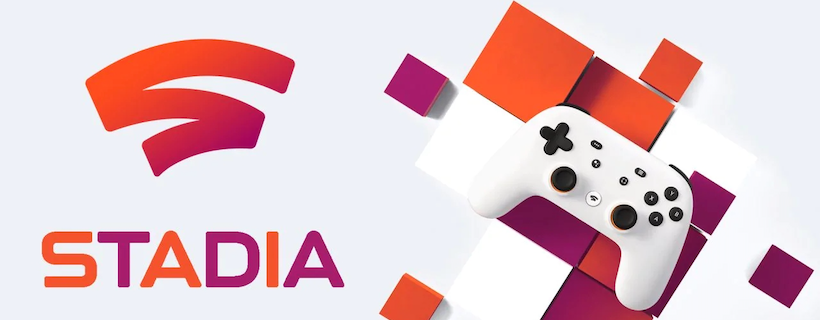Google Stadia and Microsoft’s xCloud gaming services are coming later this year. These are major events for how games will be distributed and played in the future. To get a better sense of consumer interest in game streaming, we surveyed 26 gamers about their gaming habits.
- On average, gamers have spent $81 in the last three months, $167 in the last six months, and $367 over the last year. This includes money spent on gaming content, online services, in-game purchases, etc. (ex-hardware).
- 77% of respondents are paying for at least one console online multiplayer service.
- 31% of respondents are paying for Twitch Prime subscriptions. (It’s likely that some of these respondents are utilizing a Twitch Prime subscription included with Amazon Prime).
- We did not have any survey respondents that are currently utilizing any game subscription services.
- On average, respondents ranked their excitement about cloud gaming and game subscription services a 4 on a scale of 0-10.
We’re bullish on cloud gaming because it solves a core problem of high initial hardware costs. The upfront cost of a console or PC can range from a few hundred to a few thousand dollars. That asset also depreciates in performance over time. Cloud gaming platforms eliminate the upfront cost in favor of a subscription to a service that will offer consistent performance regardless of the game. Given this cost dynamic, cloud gaming services make sense for two groups of gamers: those who need to upgrade old hardware and those who don’t have any hardware but want to play more games. We likely didn’t capture the latter segment in our survey.
Our guess is that the muted response to cloud gaming in our survey has to do with uncertainty around what kind of content gamers will have access to on streaming services. Some cloud gaming platforms, like Google Stadia, will offer libraries themselves, while game publishers are also launching access to their own libraries separately. This is the same model we’re seeing networks move to on the video streaming side.
Leading up to E3, Google Stadia announced launch pricing of $9.99 a month, which includes access to the service and a limited library of games. Ubisoft recently announced UPlay+, which gives users access to 100+ games for $14.99 month. Microsoft has its own game subscription service which they’re bundling with Xbox Live for $14.99 a month. Similar to UPlay+, Microsoft’s game subscription library offers over 100 titles but doesn’t include many of the latest releases. As Microsoft expands further into cloud gaming with its next-generation console, the company will likely increase the price for its bundled offering.
If a gamer wants to utilize Stadia and access UPlay+, they’re looking at roughly $25 a month, or around $300 per year, which is close to what gamers in our buzz survey are spending a year on content ($367). This may be a difficult early value proposition for gamers because those two services would only enable access to select libraries of titles and prior releases rather than buying new titles as they come out. Also, as gamers do this simple cost analysis for their own habits, they are likely not factoring in the savings they would have on the hardware side.
When Netflix launched streaming, its monthly fee of $7.99 was a small portion of what viewers were spending on content at the time (cable subscription, movie theater tickets, DVDs, rentals, etc). According to Centris, the average cable bill was $75 a month in 2010. $7.99 for Netflix seemed like a bargain. For cloud gaming, the cost may end up a much more significant part of a gamer’s budget. Additionally, access to the right games will be important for the streaming services given how social gaming has become, and many of these will be flagship popular titles.
Of the three largest entrants in the space (Microsoft, Google, Amazon), each brings their own unique position and perspective. Microsoft has the best portfolio of proprietary games, Google has strong infrastructure and history with mobile gaming, and Amazon’s Twitch investment is valuable for customer acquisition. Cloud gaming is an exciting evolution in how consumers will play games, but for providers, it’s worth remembering the old adage that content is king.
Disclaimer: We actively write about the themes in which we invest or may invest: virtual reality, augmented reality, artificial intelligence, and robotics. From time to time, we may write about companies that are in our portfolio. As managers of the portfolio, we may earn carried interest, management fees or other compensation from such portfolio. Content on this site including opinions on specific themes in technology, market estimates, and estimates and commentary regarding publicly traded or private companies is not intended for use in making any investment decisions and provided solely for informational purposes. We hold no obligation to update any of our projections and the content on this site should not be relied upon. We express no warranties about any estimates or opinions we make.
